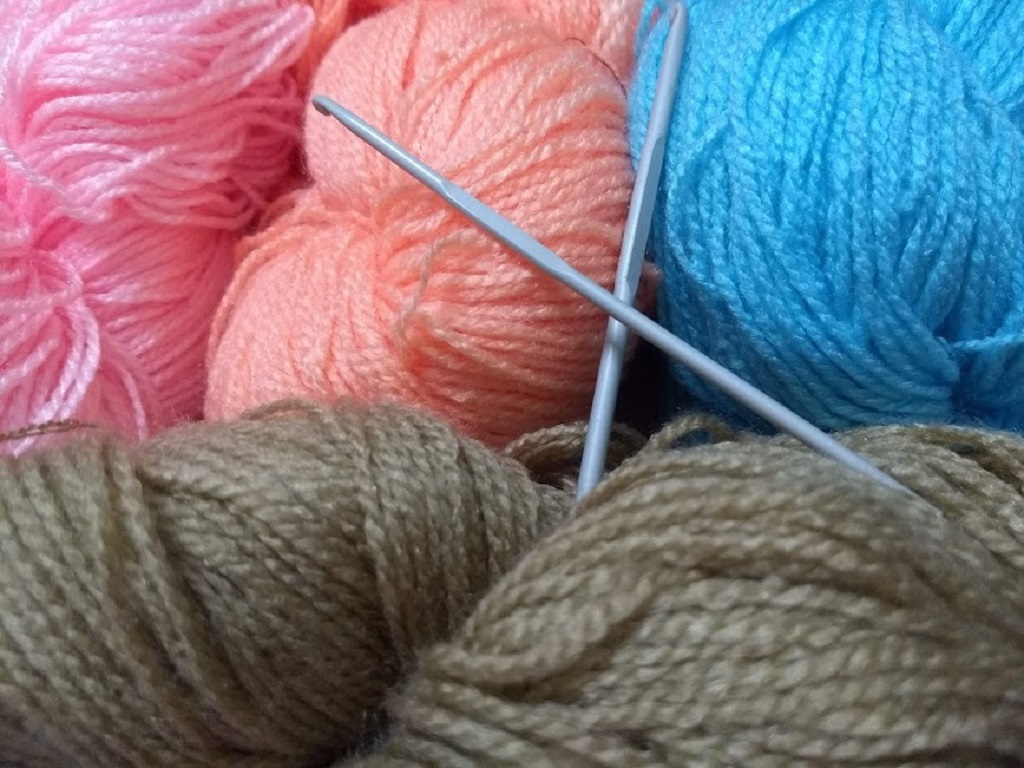
What is Wool?
When you cuddle up under a cozy blanket, pull your favorite jumper over your head, or grab your hat and mittens to go and play outside – you may be feeling the warmth of wool. Wool is the soft, thick, curly hair of sheep and other animals.
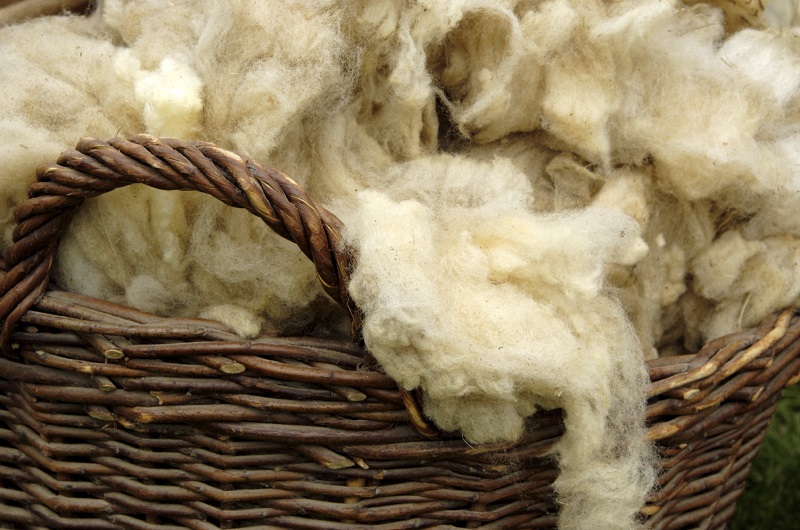
A sheep’s hair or fur is also called its fleece. Different kinds of sheep have different kinds of fleece. Some is softer than others. Some is thicker and some is longer. Sheep farmers breed their sheep (raise a particular kind of sheep) to produce the kind of fleece they want. Once a year, in the spring, the farmers shear their sheep. They use special clipper to cut off the heavy fleece. It’s like giving the sheep a haircut.
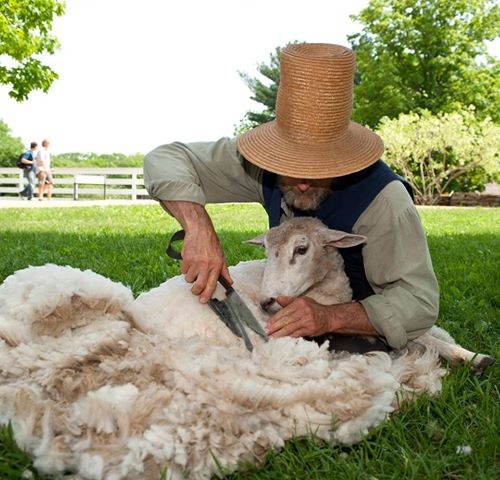
Later, the wool fibres of the sheep’s fleece will be turned into wool and fabric, and used to make all kinds of things.
Origin of Wool
Most wool comes from sheep. Cashmere is a kind of wool that comes from goat hair. Mohair comes from goats, camels and South American animals called llamas, alpaca and vicuna. Angora is made of rabbit fur.
What makes wool special?
Wool fibre has many special qualities or characteristics. It is much stronger than many other natural fibres, so it doesn’t easily break. Wool cloth or fabric can be stretched, pulled or draped (hung loosely). Once it has been washed, it returns to its original shape.
Wool fabric resists wrinkling. It traps heat, keeping people who are wearing wool warm. Wool fibre soaks up moisture from the air. Wool fibre soaks up moisture from the air. This makes it fire-resistant. Wool absorbs dye easily. It can be made of any color you like.
The wool of most sheep is naturally white. However, some sheep have black, brown or grey wool.
Use of Wool
Wool can be made into all kinds of clothing – socks, jumpers, skirts, trousers and suits. It is also used to make warm winter underwear, gloves, hats and scarves.
People sleep on wool mattresses, under wool blankets or in wool sleeping bags. They sit on wool car seat covers and walk on wool rugs and carpets. Sometimes wool is even used to cushion the sounds coming from stereo speakers or pianos.
History of Wool
Wool and their kinds
Today when a sheep has been sheared, a worker called a wool classer examines the fleece to determine the quality of the wool. He / She separate the wool into classes or grades, according to thickness, quality, quantity and strength. Grades of wool include coarse (tough), strong, medium, fine, superfine ad ultrafine. The finest wool is the thinnest, smoothest and softer.
Once the wool has been turned into fabric, it falls into one of two categories woolens or worsteds. Woolens are spun from shorter, thicker wool fibres. They look fluffy or fuzzy and feel thick and bulky. Woolens make heavy coats, jackets and jumpers as well as blankets and carpets.
Worsted are spun from longer, thinner wool fibres. The fabric feels smooth and lightweight. Worsteds are made into suits, trousers, skirts and dresses. Worsted yarn can be used to create beautiful embroidery. It is also the most expensive.
Yarn to Fabric
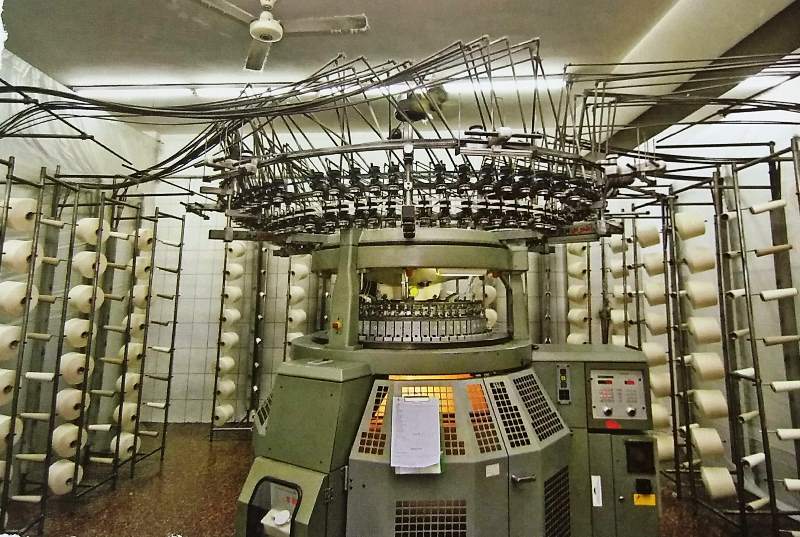
The wool yarn then is made into fabric. One kind of machine weaves yarn spun from the longest, thinner fibres into worsteds. Another kind of machine knits yarn spun from the shorter, thicker fibres into wollens.
Then the fabric is put through a process called fulling or milling. This process tightens the weave and improves the texture of the fabric. It also pre-skrink the fabric, so that it won’t shrink after it has been sewn into clothing and blankets.
Another way to pre-shrink the fabric is to treat it with special chemicals. Chemicals can also be used to make the wool more fire-resistant, more water resistant and more stain resistant. Now the fabric is finished and ready to be put to us.
Wearing Wool
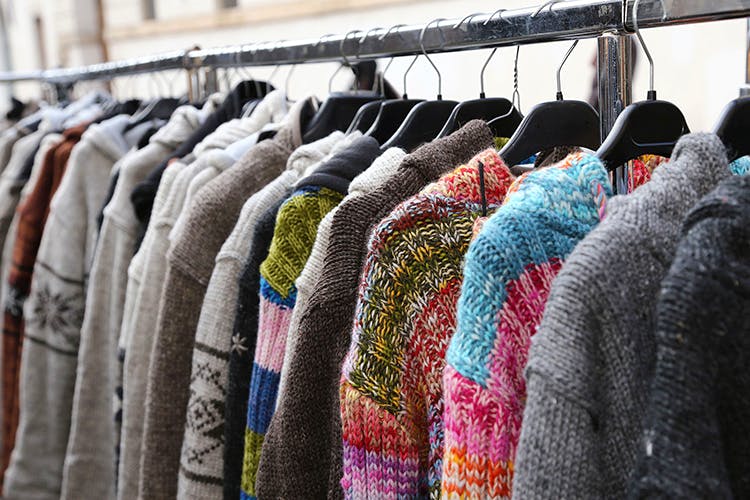
Wool clothing is often more expensive than clothing made of other fabrics, but it last longer and looks less worn overtimes. Of course, to get the most out of wool clothing it is important to take good care of it.
Wool doesn’t hang on to sweat, dirt and stains as much as other fabrics do. It doesn’t have to be washed after every use. Using a soft brush or a damp, cloth and with a little bit of detergent you can usually loosen and remove little spots and stain.
When wool clothing is hung in a wardrobe or folded neatly in a drawer any wrinkles will usually fall out on their own – no ironing required. Hanging the garment in a steamy bathroom is another way to get rid of wrinkles quickly.
When a wool garment does need a thorough cleaning, most manufactures recommend dry cleaning, Putting wool in the washing machine will usually damage the fabric. The fibres get fuzzy and lose their shape. In the heat of the tumbler – dryer they shrink.
Some wool clothing can be washed by hand and laid flat to dry. Superwash wool is wool has been treated with chemicals so that it can be machine washed and tumbled dried.
World Distribution
All over the world, wool is big business. The industry employs thousands of people. Australia produces the most wool. Next China, United State, etc.
Top 10 countries producing wool listed below: (source Wikipedia)
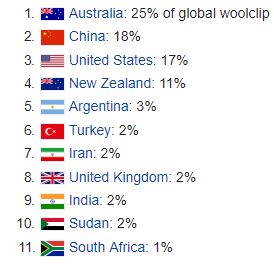
The Knitting Craze
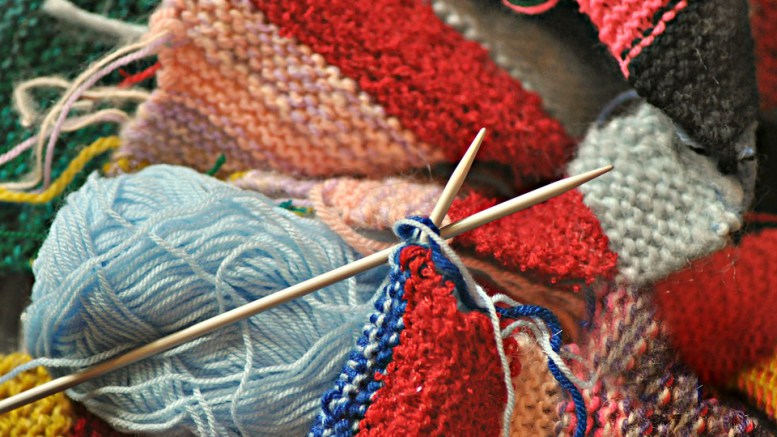
In the last ten years, many people have rediscovered the joy of knitting. It’s a fun and relaxing hobby. You can make your own socks, jumper, hats or scarves in any colors or pattern you like. You can make gifts for your friends and family. Some people knit scarves, hats for homeless or blankets, jumpers for needy children.
Future of Wool
Millions of people make their living and support their families through their work in the wool industry. In the last 50 years, however wool has had to complete against new synthetic (human made) fibres and fabrics. Clothing, blankets, rugs and other things that used to be made of wool are now being made of acrylic, acetate, nylon, synthetic fabrics which are much cheaper to make and buy.
Unlike synthetic fabrics, wool is completely biodegradable. As more people go green and make choices that are better for the environment, wool is making a comeback.
Read our article on Fibers –
https://www.avyastore.com/fibers-for-crochet/

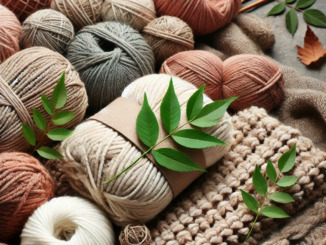
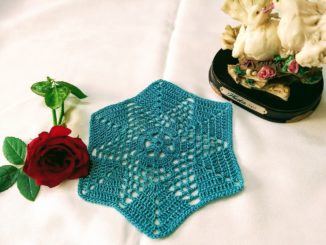
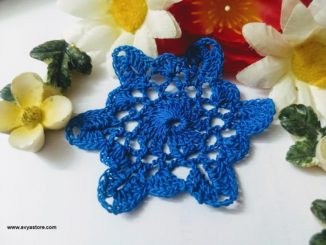
1 Trackback / Pingback